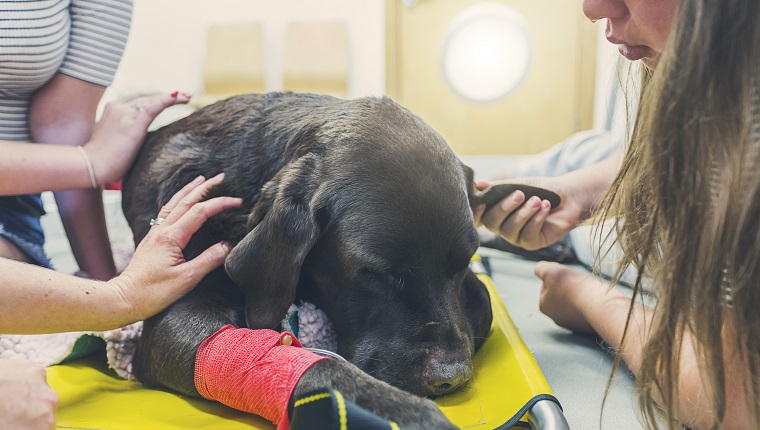Euthanasia is an overdose of barbiturates that will stop a dog’s heart. The fluids are administered through an intravenous catheter or an injection, and it is painless when done properly.
Many dog parents choose this option when their pets’ suffering becomes too great and there’s no possibility of recovery.
Certain animal shelters or city pounds may euthanize dogs, as well. Many shelters have…



